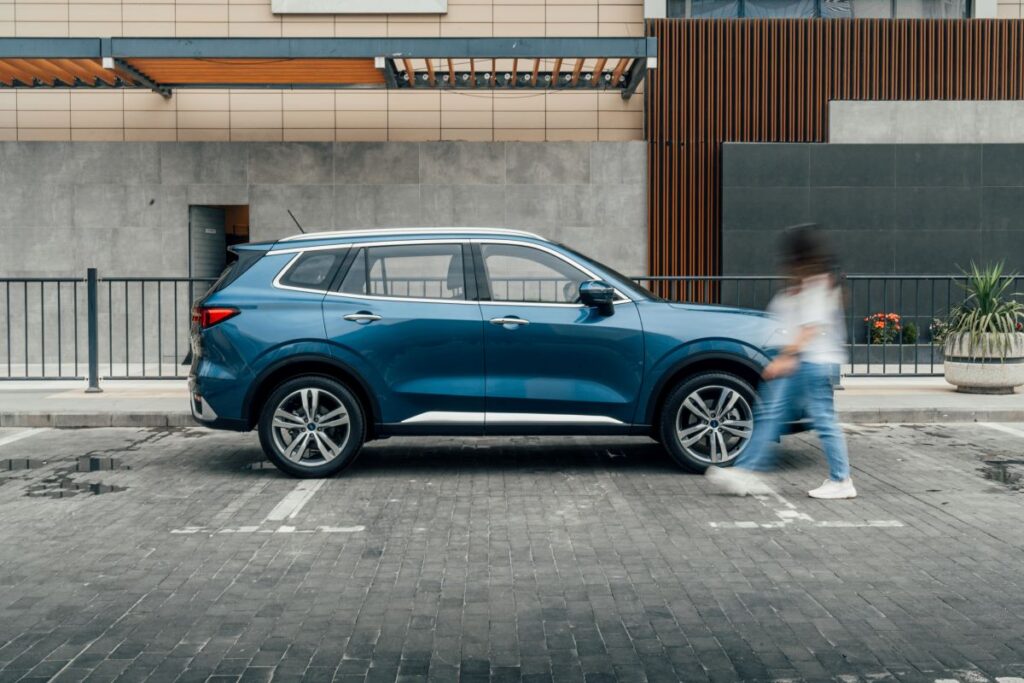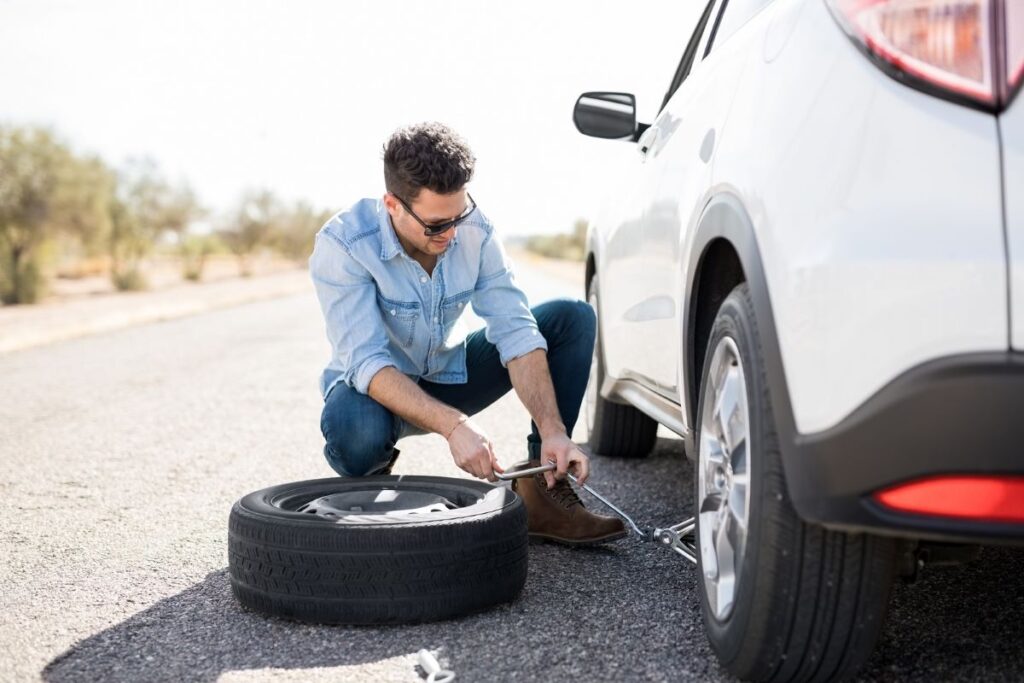Defensive driving is about protecting yourself and others on the road, but when does it cross the line into aggression? Here’s a critical look at where defensive driving ends and aggression begins — and what the law says about it.
1. What Is Defensive Driving?
Defensive driving involves being aware of your surroundings and anticipating potential hazards. It’s about being cautious and prepared to react to other drivers’ mistakes. The National Safety Council defines defensive driving as “driving to save lives, time, and money, despite the conditions around you and the actions of others.”
2. What Is Aggressive Driving?
Aggressive driving, on the other hand, includes behaviors that put other drivers at risk. This can range from speeding, tailgating, and weaving through traffic to honking excessively and making rude gestures. According to the National Highway Traffic Safety Administration (NHTSA), aggressive driving is a factor in 66% of all traffic fatalities. It’s illegal in every state and often leads to serious legal consequences.
3. Tailgating: The Most Common Aggressive Behavior
One of the most common forms of aggressive driving is tailgating or following another vehicle too closely. While some drivers claim they’re just trying to keep traffic moving, tailgating is dangerous and illegal. In states like California, tailgating can result in fines of up to $238 and adds a point to your driving record. If tailgating leads to an accident, the penalties can escalate quickly, including lawsuits and increased insurance rates.
4. Defensive vs. Aggressive Speeding: Know the Difference
Driving slightly over the speed limit to keep up with the flow of traffic might be considered defensive driving in some situations, but excessive speeding is always considered aggressive driving. States like Virginia and Georgia have strict laws, with Virginia imposing reckless driving charges for speeding 20 mph over the limit or driving above 85 mph, regardless of the posted limit. A reckless driving conviction can result in fines up to $2,500, jail time, and license suspension.
5. Blocking Lanes: Defensive or Dangerous?
Some drivers believe that staying in the left lane is defensive driving, ensuring that slower drivers don’t merge in front of them. However, blocking the passing lane is illegal in many states and can be considered aggressive driving. States like Texas and Indiana have laws that require drivers to keep right unless passing. Blocking traffic can lead to fines and, in some cases, charges of road rage if the behavior escalates.
6. Excessive Honking: Communication or Aggression?
While a quick honk can be a defensive driving technique to alert another driver, excessive honking crosses into aggression. In cities like New York, unnecessary honking can result in a $350 fine. If honking escalates into a confrontation or causes an accident, you could be held liable for aggressive driving and, in some cases, even face assault charges if the situation turns violent.
7. Braking Suddenly: Defensive or Reckless?
Braking suddenly to avoid an accident is a defensive driving technique, but brake-checking—a sudden stop to scare or intimidate a driver following too closely—is aggressive and illegal. Brake-checking can result in rear-end collisions, and in states like Florida and California, it’s considered reckless driving. Reckless driving is a criminal offense that can lead to hefty fines, license suspension, and even jail time.
8. Lane Weaving: From Defensive to Dangerous
Quickly changing lanes to avoid a potential hazard is sometimes necessary, but weaving through traffic at high speeds is aggressive driving. In states like New Jersey and Illinois, lane weaving is illegal and can result in fines, points on your license, and increased insurance premiums. If your weaving leads to an accident, you could face charges of reckless driving or even vehicular assault.
9. Speeding Up to Block Merges: Illegal and Risky
Speeding up to block another driver from merging might feel like protecting your space on the road, but it’s considered aggressive driving in every state. According to the Insurance Information Institute, this behavior leads to a significant number of accidents each year. Blocking merges can result in fines, and if it causes an accident, you could face a lawsuit and increased insurance costs.
10. Tailgating as a Defensive Reaction: A Legal Gray Area
Some drivers claim that tailgating is a defensive reaction to slow drivers who refuse to move over. However, this argument doesn’t hold up in court. In states like Florida and Texas, tailgating is illegal, regardless of the situation, and can result in fines, points on your license, and civil lawsuits if it leads to an accident. Courts consistently rule that the responsibility lies with the driver to maintain a safe following distance.
11. Excessive Use of High Beams: From Safety to Harassment
Using your high beams to increase visibility on dark roads is a defensive driving tactic, but flashing your high beams at another driver repeatedly is considered aggressive and can lead to road rage incidents. In states like Washington and Colorado, improper use of high beams can result in fines and, in extreme cases, charges of reckless driving if it leads to an accident or confrontation.
12. Intentional Blocking of Intersections: Aggressive and Illegal
Blocking an intersection, often referred to as “gridlocking,” is illegal in many states, including New York and California. While some drivers claim they’re just trying to keep traffic moving, blocking an intersection is a form of aggressive driving that can lead to hefty fines and even points on your license. In cities like New York, fines for blocking intersections can reach up to $500.
13. Using Your Vehicle to Intimidate: A Criminal Offense
Using your vehicle to intimidate another driver—whether by swerving at them, brake-checking, or tailgating—is not only aggressive driving but also a criminal offense. In a high-profile case in Florida, a driver who intentionally swerved at a motorcyclist was convicted of aggravated assault and sentenced to five years in prison. This case highlights the severe consequences of using your vehicle as a weapon.
14. Road Rage: When Aggression Turns Violent
Road rage, an extreme form of aggressive driving, can lead to violence, accidents, and even death. In a 2019 case in California, a driver shot and killed another driver during a road rage incident, leading to a conviction for second-degree murder and a life sentence. Road rage is illegal in every state, and if your aggression turns violent, you could face criminal charges ranging from assault to murder.
15. Defensive Driving Programs: How to Avoid Legal Trouble
Many states offer defensive driving programs designed to help drivers improve their skills and avoid aggressive driving habits. Completing a defensive driving course can sometimes reduce fines or points on your license. These courses can also lead to insurance discounts in states like New York and Texas. Taking a defensive driving course is one of the best ways to ensure you stay on the right side of the law.
16. State-Specific Laws: Know Your Rights and Responsibilities
Each state has its own laws defining aggressive driving, and knowing these laws is crucial for staying legal. States like Georgia and Arizona have specific statutes against aggressive driving, with penalties that include fines, license suspension, and even jail time. Understanding the laws in your state can help you avoid crossing the line from defensive driving into aggression.
17. Insurance Consequences: Aggression Costs You More
Aggressive driving isn’t just dangerous—it’s expensive. Insurance companies often raise premiums for drivers with aggressive driving citations. According to the Insurance Information Institute, drivers with aggressive driving violations pay 30% to 50% more for car insurance. This increase can last for years, making aggressive driving a costly mistake.
18. Avoiding Road Rage: How to Stay Calm Behind the Wheel
Keeping your emotions in check is critical to avoiding road rage incidents. If you find yourself getting angry on the road, take a deep breath and remember that aggressive driving puts everyone at risk. The American Psychological Association recommends pulling over and taking a break if you feel your anger rising, helping to prevent a defensive driving situation from turning aggressive.
When Defensive Driving Becomes Reckless
The key difference between defensive driving and aggressive driving is intent. Defensive driving is about self-preservation and accident prevention, while aggressive driving is about exerting control over other drivers. When your actions start putting others at risk, you’ve crossed the legal line into reckless driving.
Featured Image Credit: Shutterstock / jpreat.
The content of this article is for informational purposes only and does not constitute or replace professional advice.
The images used are for illustrative purposes only and may not represent the actual people or places mentioned in the article.
For transparency, this content was partly developed with AI assistance and carefully curated by an experienced editor to be informative and ensure accuracy.









